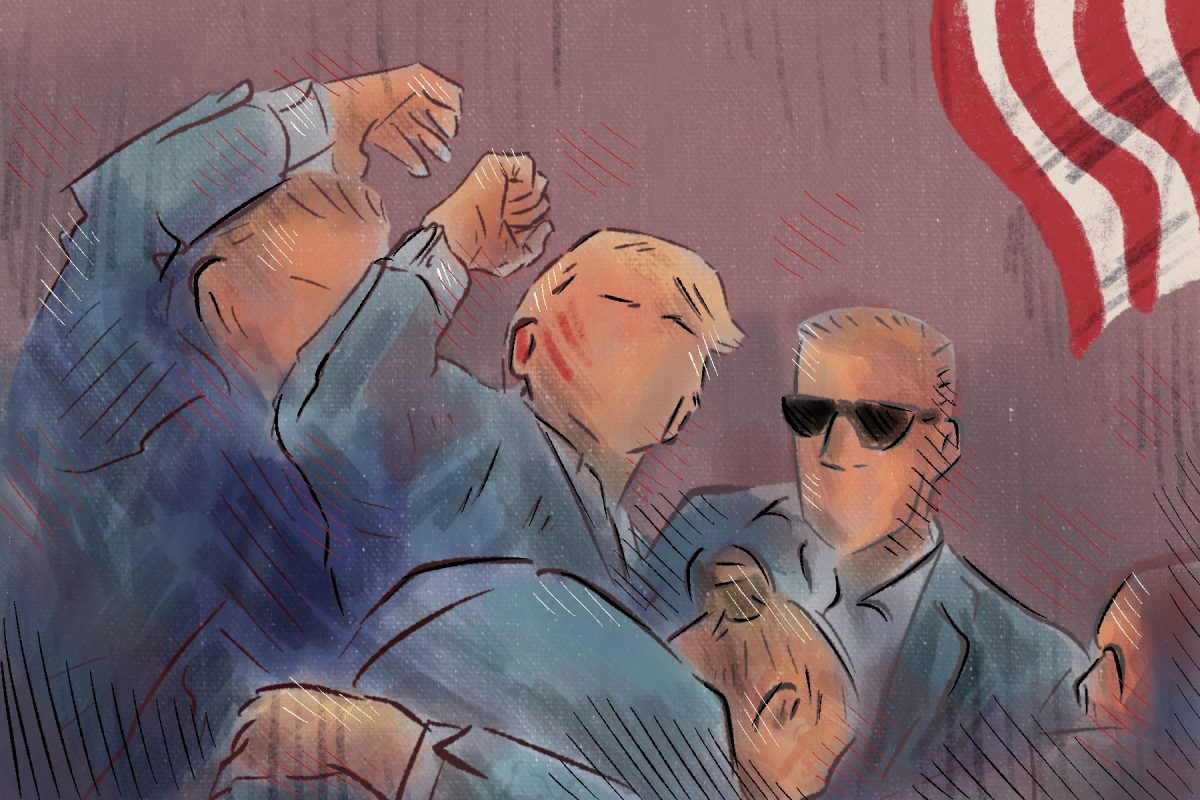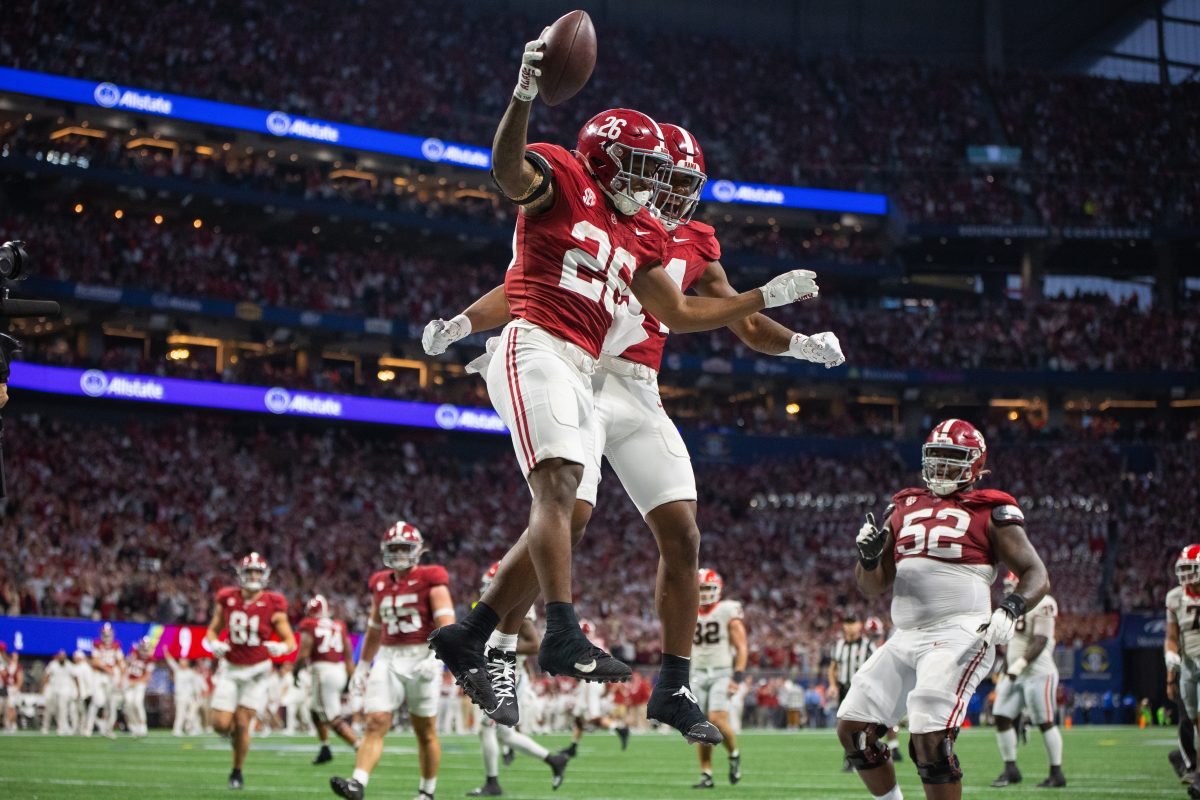The Apple empire has dominated the technological world for the past decade. The iPod, iPhone, iPad and Mac have redefined the fields of music, phones, tablets and computers, as well as introducing a slew of lowercase “i” puns.
Each product update is met with speculation, lines outside Apple stores and a reconfiguration of technological standards, often for the competitors. This is because each Apple product update is more than simple improvements, it is an introduction of a new feature in the field of technology.
The iPod Touch introduced the touch screen, and the Macbook Air brought us the lightest, slimmest laptop to date. But the greatest fan following and most impressive updates come from the iPhone. Last year, the iPhone 4 brought a new shape to the iPhone and was followed by the iPhone 4S, which introduced the magical talents of Siri.
Even the coinciding updates introduce new features for current iPhone users that are so impressive, within a week we forget how we used our phone without them. The last iPhone update, released at the same time as the iPhone 4S, gave us iMessage, access to our music and camera from the lock screen and updated apps.
The iPhone 5 was speculated over for months, and when finally confirmed, the hype only increased. Promising a bigger screen, a lighter body and more advanced maps and applications, fans, like always, formed lines wrapping around the block. Current iPhone users were even promised an update, and looking to the last iOS update as proof, unexpected but delighting improvements were on the way.
Almost a month after the iPhone 5 has been released, sales are up, but so are the criticisms. The new iPhone, while impressive, hasn’t proven to be the experience users were hoping for. Sure, the new screen is bigger (I can’t really tell), and it is lighter (again… can’t really tell), and there are new headphones (although the headphone jack is located at the bottom of the phone), but while the glitches that partner with it are disappointing, the fact that there are glitches at all is even worse. And the required change in chargers? An obvious abuse of Apple’s prowess.
The iOS update for current users has given me a new music screen (which only makes it harder to press the buttons while jogging and is slower to load), a confusing map update (Apple itself even issued an apology for this screw-up), and an addition to iMessage that lets other people see when I read a text message but don’t respond (which completely defeats the purpose of text messaging. Sometimes, I just don’t wanna respond.) Sure, the new emoticons are cool, but I can’t honestly say I’ve used them all that much.
Perhaps we are spoiled by the previous impressiveness of Apple and have turned into whiny Apple-loving brats – and yes, I’m aware this column is very “first world problems-esque.” But, perhaps Apple felt pressured to release an iPhone 5, hurried to find attributes that would suffice, rather than waiting for a true innovation to introduce the new piece of technology. Or, perhaps, the lack of Steve Jobs’ genius is truly reflective in the first product released without him.
In the past month, we have seen the dominance of Apple slightly slip away. Yes, they are still the powerhouse company in the field of technology, and their stock compared to this time last year is still incredibly impressive. But the technological world has depended on Apple for providing products that alter our expectations of technology.
The absence of Steve Jobs has proved to be as dismal as many feared. Apple can no longer rely on its name to guarantee innovation; it must prove it with product.
SoRelle Wyckoff is the Opinions Editor of The Crimson White. Her column runs on Mondays.






